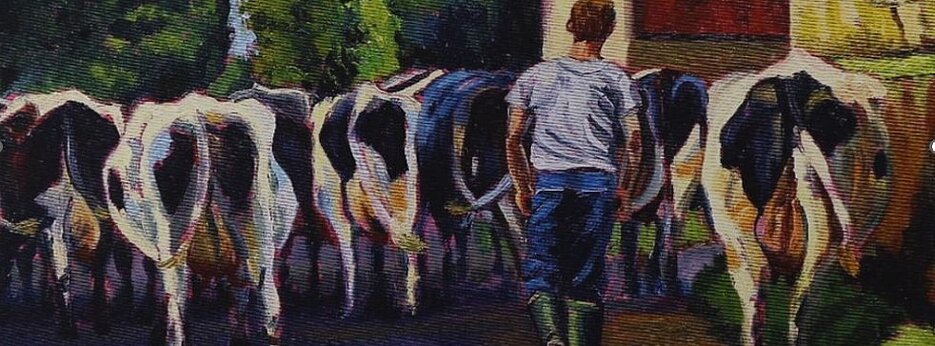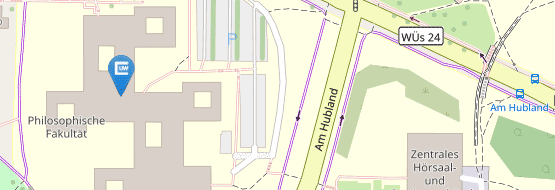Symposium: The Animal in Ireland, Real and Imagined
| Datum: | 21.02.2024, 16:00 - 23.02.2024, 20:00 Uhr |
| Ort: | Hubland Süd, Geb. Z6 (Zentrales Hörsaal- u. Seminargebäude), 2.010 & 2.011 and online |
| Vortragende:r: | Dr. Maureen O’Connor, Prof. Dr. Ina Bergmann, Prof. Dr. Maria Eisenmann and Prof. Dr. Kirsten Sandrock |
Irish cultural identity has been closely identified with the animal from the beginning of recorded history and beyond. Irish mythology and folklore, like all traditional lore, feature nonhuman animals, hybrid human-nonhuman beings, and tales of metamorphosis between the two. Warm familiarity with and respectful honouring of the nonhuman animal has been a part of Irish culture from pre-Christian times when wealth and status were measured in cattle, and the gods regularly assumed the form of deer, hares, boars, ravens, and wolves.
Animals were not only central to pre-Christian cultural production, but also frequently appeared in early Christian texts, evident in the writings of ninth-century monks, in poems like “Pangur Bán” and “The Hermit’s’ Wish” (that he could be like a bird), and in the illuminations that make the Book of Kells an enduring object of fascination. One of the oldest surviving manuscripts in Irish literature is The Book of the Dun Cow (c.1100), a title evoked by John Connell’s best-selling memoir of 2018, The Cow Book: A Story of Life on the Family Farm. However, this close affinity with animals helped rationalise the centuries-long tradition of representing the Irish as themselves not fully human, especially by English occupiers and colonisers. The longstanding predominance of the rural in defining Irish culture and “authentic” Irish identity has also contributed to the development of a conflicted attitude toward the nonhuman, implicitly associated with both the humiliations of colonial occupation and the embarrassing survival of cartoonish images of thick, bumpkin “Paddy,” who enjoyed suspiciously congenial relations with his pig. In a time of overlapping ecological crises, this conference will consider the ramifying significance of the nonhuman animal in Irish life and culture from multiple perspectives, a return to acknowledging and honouring the interdependence of the human and nonhuman worlds. As Serenella Iovino has suggested, “The fact that literary representations are able to increase our awareness about the relationship between the human and nonhuman worlds, also in terms of moral values, can be understood as a result of such a dynamics of interdependence.”
The international symposium “The Animal in Ireland, Real and Imagined” addresses these and other questions from an interdisciplinary perspective. This symposium is organised by Maureen O’Connor, Ina Bergmann, Maria Eisenmann and Kirsten Sandrock.
Click here for more information about the programme.



